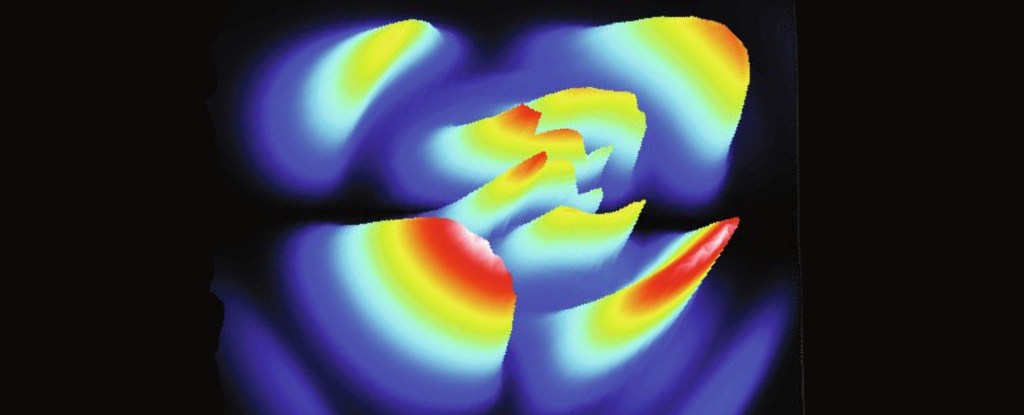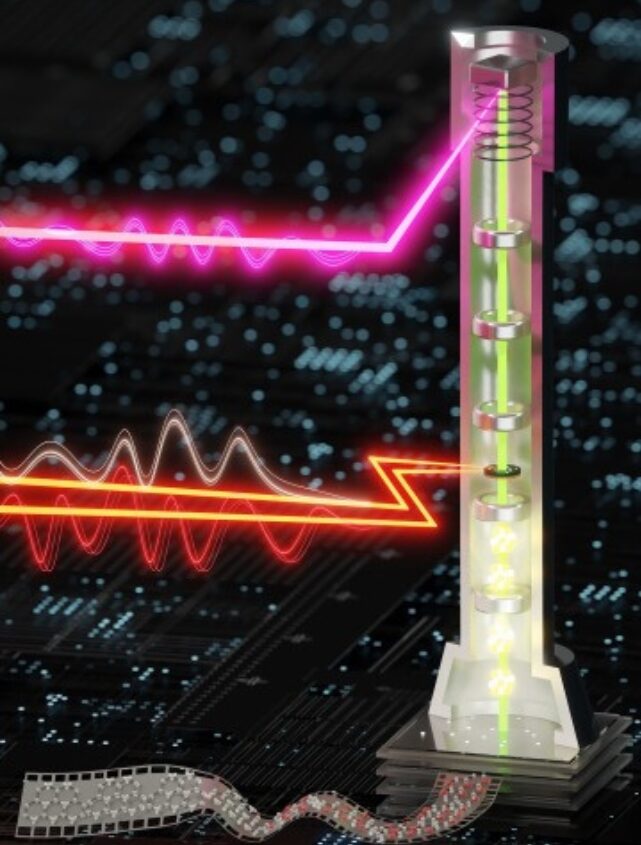World
World’s Fastest Microscope Captures Electron Motion in Attoseconds

Our ability to image the subatomic realm is limited, not just by resolution, but also by speed. The constituent particles that make up – and fly free from – atoms can, in theory, move at speeds approaching that of light.
In practice, they often move much slower, but even these slower speeds are way too fast for our eyes, or technology, to see. This has made observing the behavior of electrons something of a challenge – but now the development of a new microscope imaging technique has allowed scientists to catch them in motion, in real time.
It’s the work of a team of physicists at the University of Arizona Tucson, led by Dandan Hui and Husain Alqattan, and it can take images at attosecond speeds; that’s a quintillionth of a second. They have named the technique attomicroscopy.
“The improvement of the temporal resolution inside of electron microscopes has been long anticipated and the focus of many research groups, because we all want to see the electron motion,” says physicist Mohammed Hassan of the University of Arizona Tucson.
“These movements happen in attoseconds. But now, for the first time, we are able to attain attosecond temporal resolution with our electron transmission microscope – and we coined it ‘attomicroscopy.’ For the first time, we can see pieces of the electron in motion.”
Transmission electron microscopy, or TEM, is a technique used to generate images of the smallest structures in the physical world. It relies on electrons, rather than light, to generate the image. A beam of electrons is transmitted through a sample of material; the interaction between the electrons and the sample is what produces the image. For example, below is a TEM image of a white blood cell.
Rather than the shutter speed of a conventional camera, TEM relies on the speed of the laser pulses on which the electrons are transmitted. The faster the duration of the laser pulses, the better the resulting image. So, if you want better image quality, the way to achieve that is by developing a laser that can fire shorter pulses.
Previously, TEM lasers had reached a duration of a few attoseconds, released in a train, a bit like a short burst of static.
That’s an absolutely remarkable, Nobel Prize-worthy achievement; but the problem is that, although this generates a series of images, electrons move a bit faster – so the changes in an electron between the pulses were lost.
The researchers wanted to see if they could find a way to shorten the duration of the pulsed beam to just an attosecond, the speed at which the electrons in the beam are moving, thus allowing the TEM to capture them in freeze-frame.

The breakthrough was achieved by splitting the pulse into three: two light pulses and an electron pulse. The first light pulse is called the pump pulse. It injects energy into a graphene sample, which causes the electrons to jig about.
This is followed up with the second light pulse, or gate pulse, which creates a gate, or window. While it is ‘open’, a single, attosecond electron pulse is fired at the sample, and the attosecond-speed subatomic processes are captured.
The result is a precise map of electron dynamics – a map that opens the door to new studies of the way these important particles behave.

“This transmission electron microscope is like a very powerful camera in the latest version of smartphones; it allows us to take pictures of things we were not able to see before – like electrons,” Hassan says.
“With this microscope, we hope the scientific community can understand the quantum physics behind how an electron behaves and how an electron moves.”
The research has been published in Science Advances.









